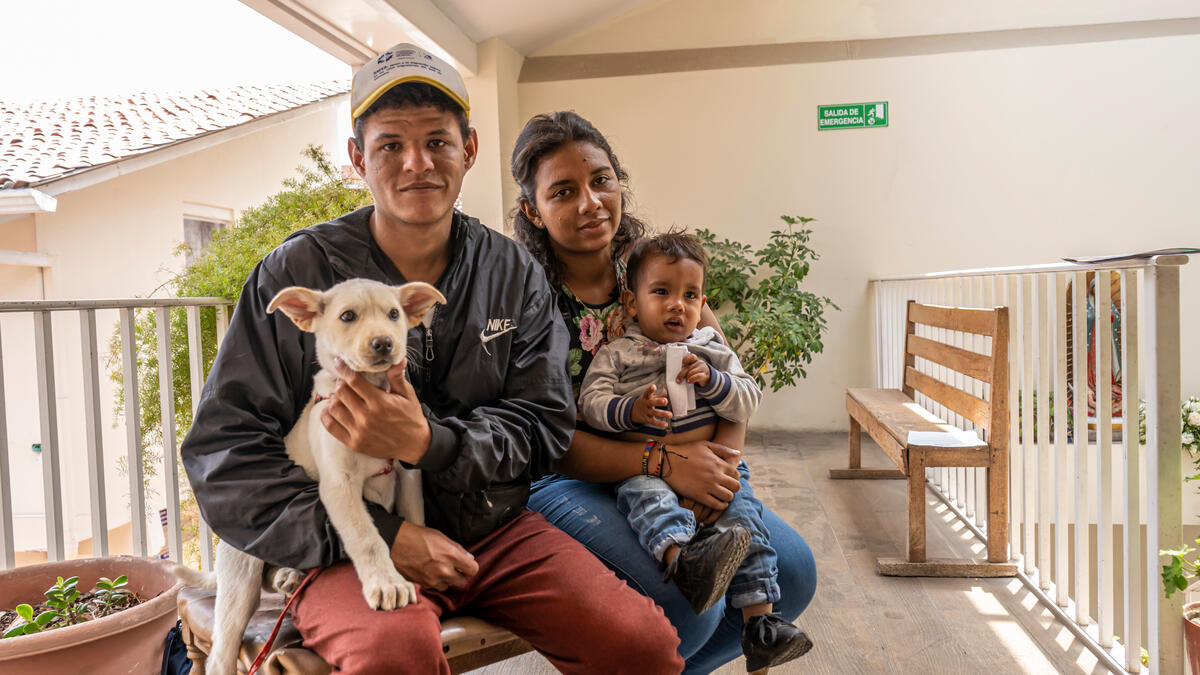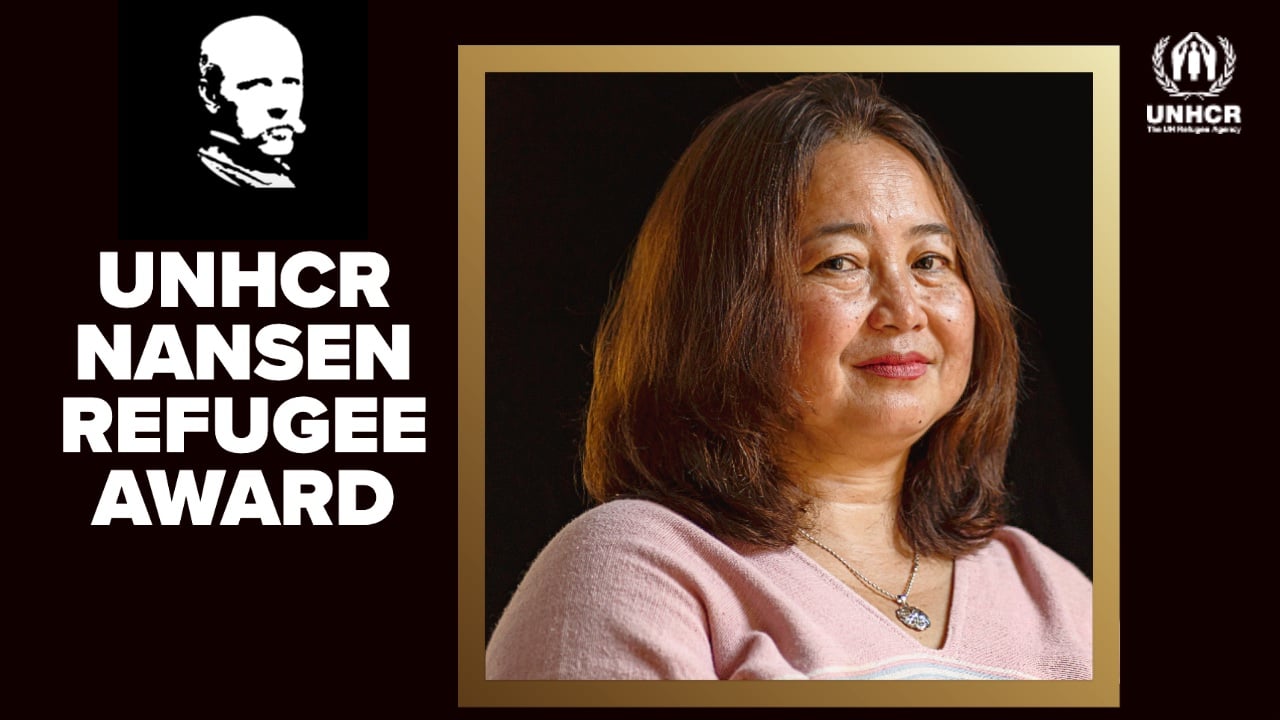A widow's view of Mogadishu: where just trying to buy food can prove fatal
A widow's view of Mogadishu: where just trying to buy food can prove fatal

NAIROBI, Kenya, May 26 (UNHCR) - All Nor Hassan Mohamed wanted to do was buy food for his wife and eight children. But as he dashed across the street from his home at the height of the latest fighting raging in the Somali capital, Mogadishu, he was hit in the stomach by a bullet.
Neighbours found him bleeding profusely and carried him back to his home in the central Bondheere district. With bullets flying and bombs and mortars dropping, however, it was too dangerous to take him to hospital.
"Blood was pouring everywhere on the floor," his widow Fadumo now recalls. "I had to wait and see my husband die in front of my eyes."
The latest round of violence erupted on May 7 when armed opposition groups launched an offensive against government troops. The government says more than 200 people have been killed and 700 wounded. On Tuesday, the UN refugee agency put the number who have fled their homes at 67,000, based on information gathered by a network of UNHCR partners in Somalia.
Fadumo and her eight children were among them. With a small amount of money that neighbours collected as a sign of solidarity, Fadumo managed to organize a decent burial for her beloved husband before leaving Mogadishu.
This was not the first time Fadumo was forced to leave her home. Ironically, Mogadishu itself had once been her safe haven. In 1994 she came to the Somali capital to escape the fighting in her native town of Wanle Weyne in the Lower Shabelle region
A week after her husband's death, she and her children reached the Afgooye corridor, south-west of the capital, where she told her story to staff working for UNHCR's local partners.
Unlike Fadumo, many others simply cannot afford to make the 30-kilometre journey to Afgooye, but have moved to the relatively safe neighbourhoods of Dharkeynley and Deyninle in south-west Mogadishu. UNHCR figures show some 24,000 people displaced within the capital itself.
Last week heavy rains caused van operators to double the fare to the makeshift camps in Afgooye, so that many people had to remain behind temporarily.
UNHCR partners report that many people displaced within Mogadishu got sick or even died out in the open in the rain. Medical facilities in Mogadishu are dramatically overstretched and unable to cope with the high number of patients.
However, once the rain ended, bloody fighting resumed, and on one day alone, last Friday, about 8,000 people fled Mogadishu, according to UNHCR statistics.
Since 2007, a staggering 1 million people have fled the embattled city's repeated conflicts. Some 400,000 have ended up in the relatively safe settlements along the Afgooye corridor, while over 150,000 have sought asylum in the neighbouring countries of Kenya, Ethiopia and Yemen.
Somalia is one of the world's biggest refugee producing countries. UNHCR provides protection and assistance to almost 500,000 Somali refugees in nearby countries, in addition to coordinating the provision of protection and shelter for the 1.3 million displaced in Somalia.
By Roberta Russo in Nairobi, Kenya








